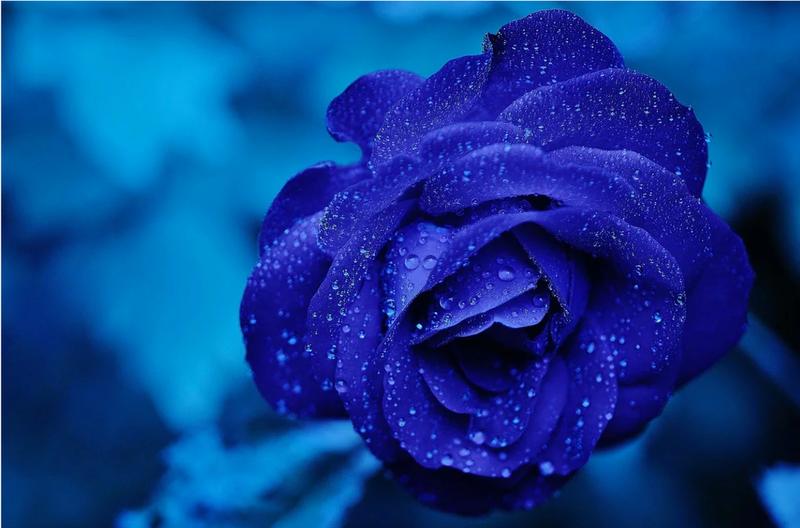Got Those Kozmic Blues Again Lyrics

In that location are three chief categories of colors: primary, secondary, and tertiary colors. The three principal colors are red, blue, and yellow. These colors occur naturally in nature and are on the light spectrum, so no color combine to make blue. However, you can combine unlike colors and hues to create different shades of blue.
What Are Primary Colors?
The three principal colors, red, yellow, and blue, are visible on the light spectrum and, as such, are at the top of every color cycle or color configuration. These three colors are the root of every other color in the world. When these colors are combined, then secondary and third colors are formed.
W hat Are Secondary Colors?
There are three secondary colors that are created when two primary colors are combined. These colors are orange, which is a mixture of yellow and carmine; imperial, which is a mixture of red and blue; and greenish, which is a mixture of blue and yellow. Just as with principal colors, you tin include neutrals like black or white to create different hues.
Due west hat Are 3rd Colors?
There are half dozen tertiary colors, and these are created by mixing a principal and secondary color together. These colors include yellow and orange, blood-red and orange, scarlet and regal, blue and imperial, blue and green, and yellow and green. There are, of class, dissimilar names for some of the third colors, depending on the hue. You tin can likewise refer to red and purple every bit burgundy, depending on the shade. Even so, the official name of the colour is red and purple.
West chapeau Are Neutral Colors?
If you look at a standard color wheel, you will not see the neutral colors, which include blackness, white, gray, and occasionally brown. These are also referred to every bit "World tones." These colors tin be mixed with primary, secondary, and 3rd colors to create different shades or hues.
H ow Do You Create Unlike Shades of Blue?
You can create different shades, or hues of blue, past mixing colors. Neutral colors, such as white or blackness, piece of work best for creating varying shades, but you can also create unlike shades of blue by adding a tiny bit of secondary or third color. For example, you tin add purple to blue for a periwinkle shade.
West hat Are Complementary Colors for Blueish?
To detect the complementary colors of blueish, or for any colour, you can wait directly at the colour bicycle. The complementary color will be on the exact opposite side of the wheel. For blue, complementary colors are orange, followed by yellowish and ruby-red. This doesn't mean y'all can't pair other colors with bluish. Because of blue's nature every bit a primary colour, it melds well with many different shades and hues. For example, bluish and shades of greenish tin work well together.
Source: https://www.reference.com/science/colors-make-blue-8a153b4aeaf9f92b?utm_content=params%3Ao%3D740005%26ad%3DdirN%26qo%3DserpIndex
0 Response to "Got Those Kozmic Blues Again Lyrics"
Publicar un comentario